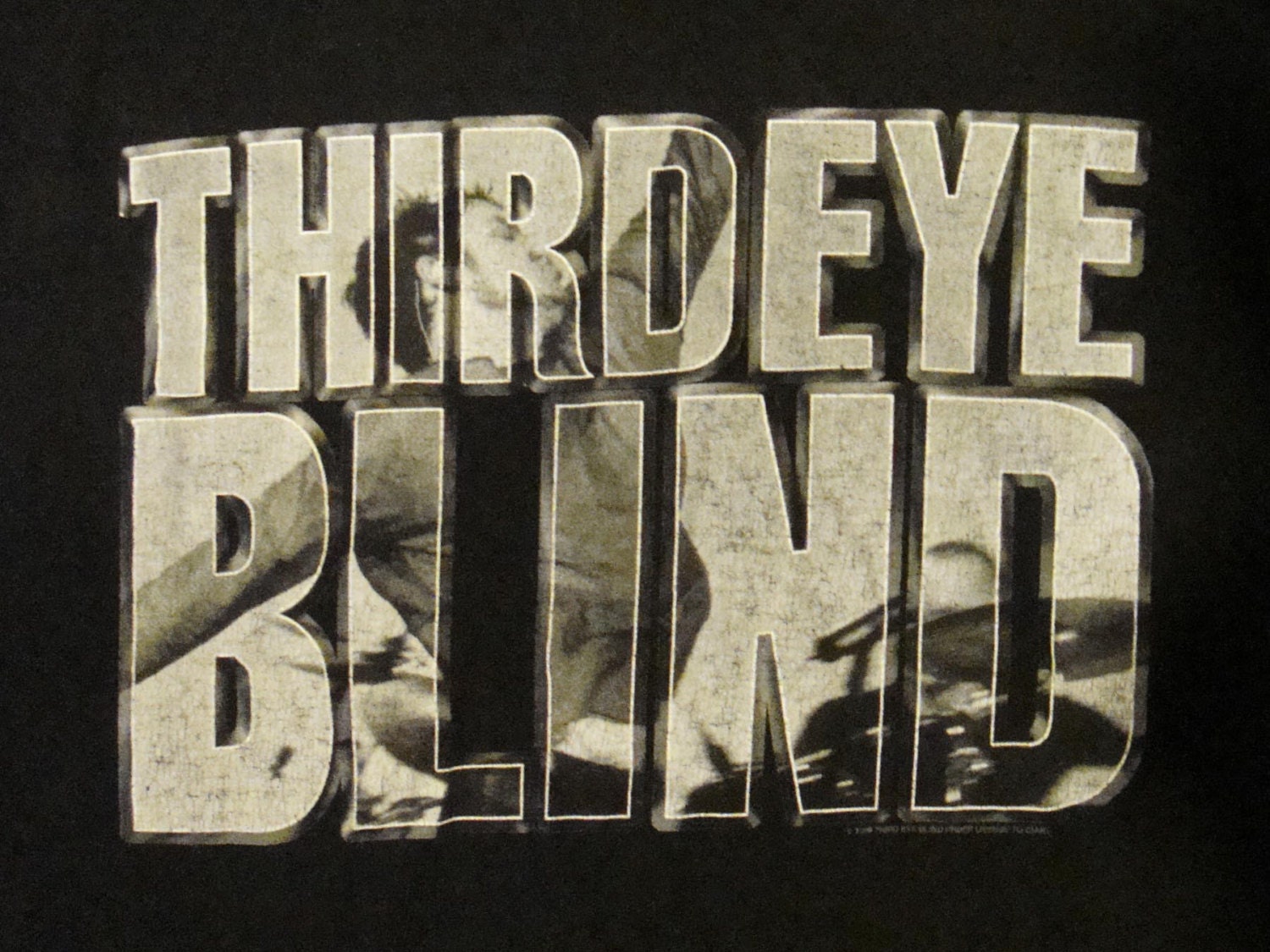
In the late 2000s and 2010s, the derogatory term "butt rock" gained traction when applied in relation to many post-grunge artists whose popularity peaked simultaneously with that of the genre itself, such as Nickelback, Creed, Puddle of Mudd, and Hinder. Post-grunge, by comparison, seemed to exist in order to court that very audience." Grierson also wrote, "Post-grunge was a profitable musical style, but bands like Nirvana and Pearl Jam were beloved partly because of their perceived integrity in avoiding the mainstream. Ironically, this attitude was diametrically opposed to the antisocial angst of the original grunge bands, who railed against conformity and instead explored troubling issues such as suicide, societal hypocrisy and drug addiction. Grierson wrote:Ĭreed and Nickelback espoused a more conventional, almost conservative worldview built around the comforts of community and romantic relationships. During this time, post-grunge bands such as Creed and Nickelback emerged. During the late 1990s, post-grunge morphed, becoming a derivative of grunge that combined characteristics of grunge with a more commercially accessible tone. According to Tim Grierson of, the almost pejorative use of the "post-grunge" label to describe these bands was "suggesting that rather than being a musical movement in their own right, they were just a calculated, cynical response to a legitimate stylistic shift in rock music". Bands labeled as post-grunge that emerged when grunge was mainstream such as Bush, Candlebox and Collective Soul are all noted for emulating the sound of bands that launched grunge into the mainstream.


When grunge became a mainstream genre because of bands such as Nirvana and Pearl Jam, record labels started signing bands that sounded similar to these bands' sonic identities. Originally, post-grunge was a label that was meant to be almost pejorative, suggesting that grunge bands labelled as post-grunge were simply musically derivative, or a cynical response to an " authentic" rock movement. īritish band Bush ( pictured) were described by Matt Diehl of Rolling Stone as "the most successful and shameless mimics of Nirvana's music". Post-grunge tends to have production quality that is much higher and cleaner than grunge. Sometimes post-grunge music features both an electric guitar and an acoustic guitar playing simultaneously. Post-grunge tends to feature the ".same kind of melody as.


Tim Grierson of wrote that musically, post-grunge bands "split the difference between plaintive ballads and aggressive rockers, resulting in songs that combine the two extremes into a sad-eyed, propulsive middle ground". Post-grunge music tends to be in mid-tempo and is noted for having "a polished, radio-ready production". Unlike a lot of early grunge bands, post-grunge bands often worked through major record labels and incorporated influences from a variety of musical genres including: jangle pop, pop punk, ska revival, alternative metal and classic rock.


 0 kommentar(er)
0 kommentar(er)
